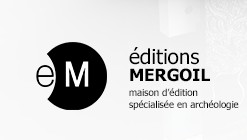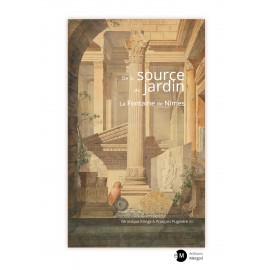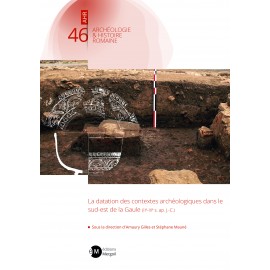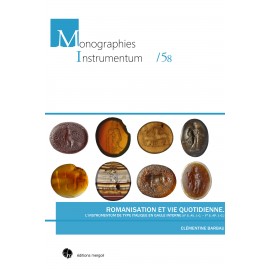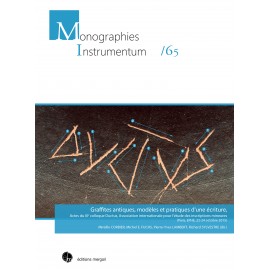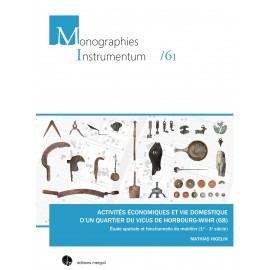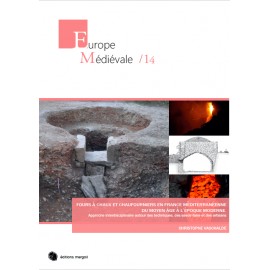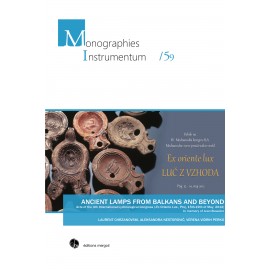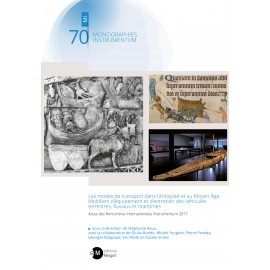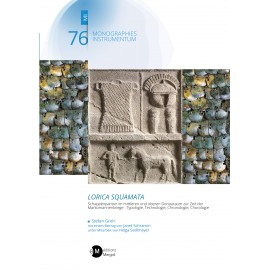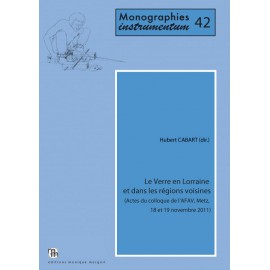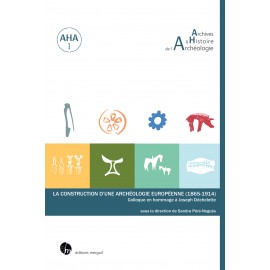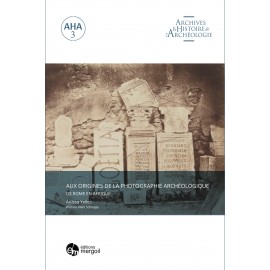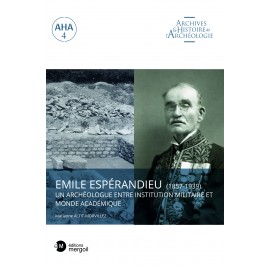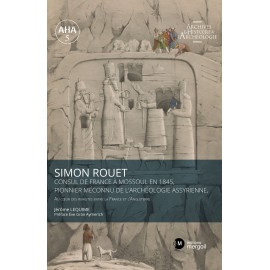No products
Prices are tax included
Product successfully added to your shopping cart
There are 0 items in your cart. There is 1 item in your cart.
Archives & Histoire de l'Archéologie
- Archéologie et Histoire Romaine
- Archéologie Moderne et Contemporaine
- Archéologie des Plantes et des Animaux
- Archéologie du Paysage
- Archives & Histoire de l'Archéologie
- Europe Médiévale
- Monographies Instrumentum
- Préhistoires
- Protohistoire européenne
- Research Protocols
- Off collections
- Les cahiers de saint-michel de Cuxa
- Second-hand
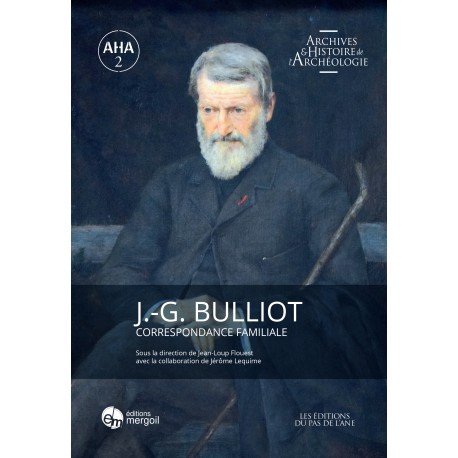 View larger
View larger J.-G. BULLIOT. Correspondance familiale
AHA-02
New
J.-G. BULLIOT. Correspondance familiale. Sous la direction de Jean-Loup Flouest, avec la collaboration de Jérôme Lequime. Coll. AHA 2 , 2020, 480 p. , coul, (ISBN: 978-2-35518-074-3)
Co-édition avec les éditions du pas de l'âne.
More info
Family correspondence of a Burgundian scholar, Mont Beuvray digger
Speaking to his wife, Bulliot shares with us with great spontaneity some of the major stages of his archaeological discoveries through these letters which cover all the excavation campaigns since 1865. until 1902, with the remarkable personal support of Napoleon III in 1867. When his wife died at the age of 57 in 1885, it is the letters to his daughter Thérèse that allow us to continue to walk in her footsteps.
Like all enthusiasts, Bulliot, in a period of social and intellectual upheaval, had to cope with all the constraints of family, professional, civic and spiritual life. All these fragments The different facets of this tireless worker, in turn a prosperous wine merchant, a romantic aesthete, a demanding family man, a citizen and protector of the environment, can be put together like a jigsaw puzzle, to reconstruct the different facets of this tireless worker, in turn a prosperous wine merchant, a romantic aesthete, a demanding family man, a citizen and protector of the environment. heritage and committed Christianity.
Carefully preserved by his daughter Thérèse, these are nearly 300 letters written between 1855 and the age of 38,
and 1902, date of his death, which are proposed to us after their discovery in the library of Autun. In the course of this as a family archive, we have the rare opportunity, on the one hand, to assist in the establishment of the intellectual and administrative frameworks that will durably establish National Antiquities in France. We can, on the other hand, follow the path of one of the greatest archaeologists of the second half of the 19th century in his demonstration that, on Mount Beuvray, was indeed the oppidum of Bibracte, the capital of the Aedui, by means of field research, which, pursued by his nephew by marriage, Joseph Déchelette, will be at the origin of the foundations of Gallic archaeology.
Translated with www.DeepL.com/Translator (free version)
